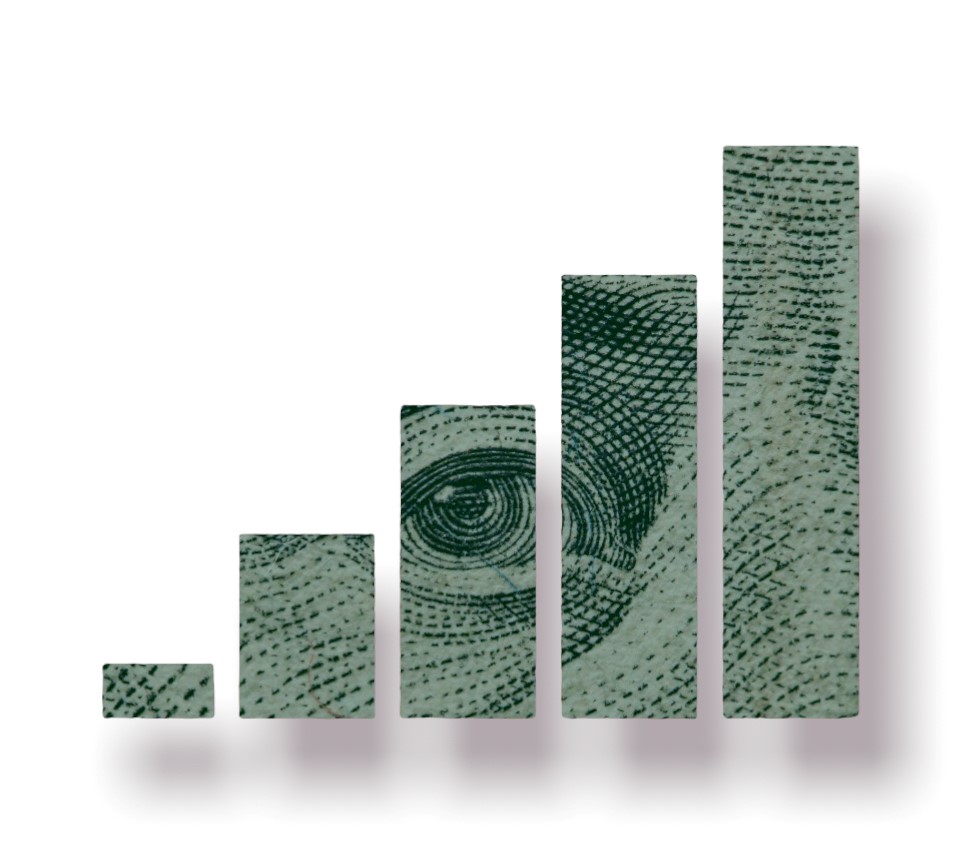2024 Election: Separating Fact from Fear
President Biden’s withdrawal marked a new phase in America’s political saga. The decision sparked intense reactions from all corners of the political spectrum. Some expressed criticism, others conveyed gratitude, and many lamented yet another deviation from political normalcy. Investors were left to distill the news and determine the potential impact on markets.
An old investment adage tells us to “invest with our head, not over it.” Emotions are expected during volatile times, but they should never drive portfolio decisions. Countless studies demonstrate that emotions harm investment outcomes. To be fair, this principle is easier understood than applied when each headline seems scarier than the last.
Perspective is key when pursuing rational investment decisions. This can be achieved by revisiting history, assessing the present, and focusing on matters within your control.



